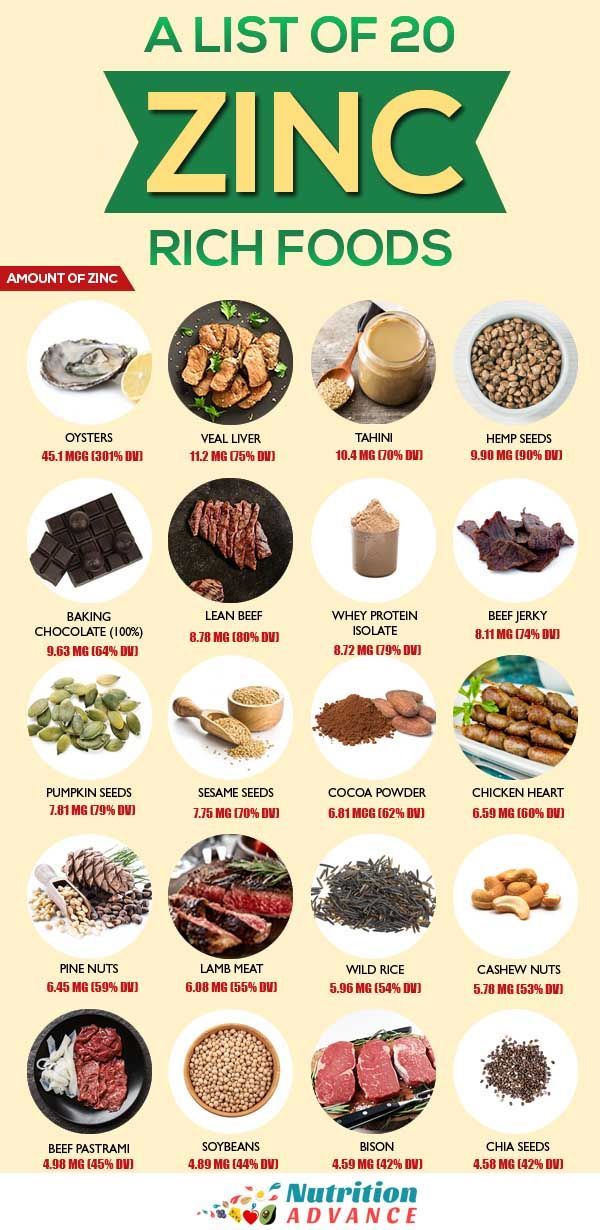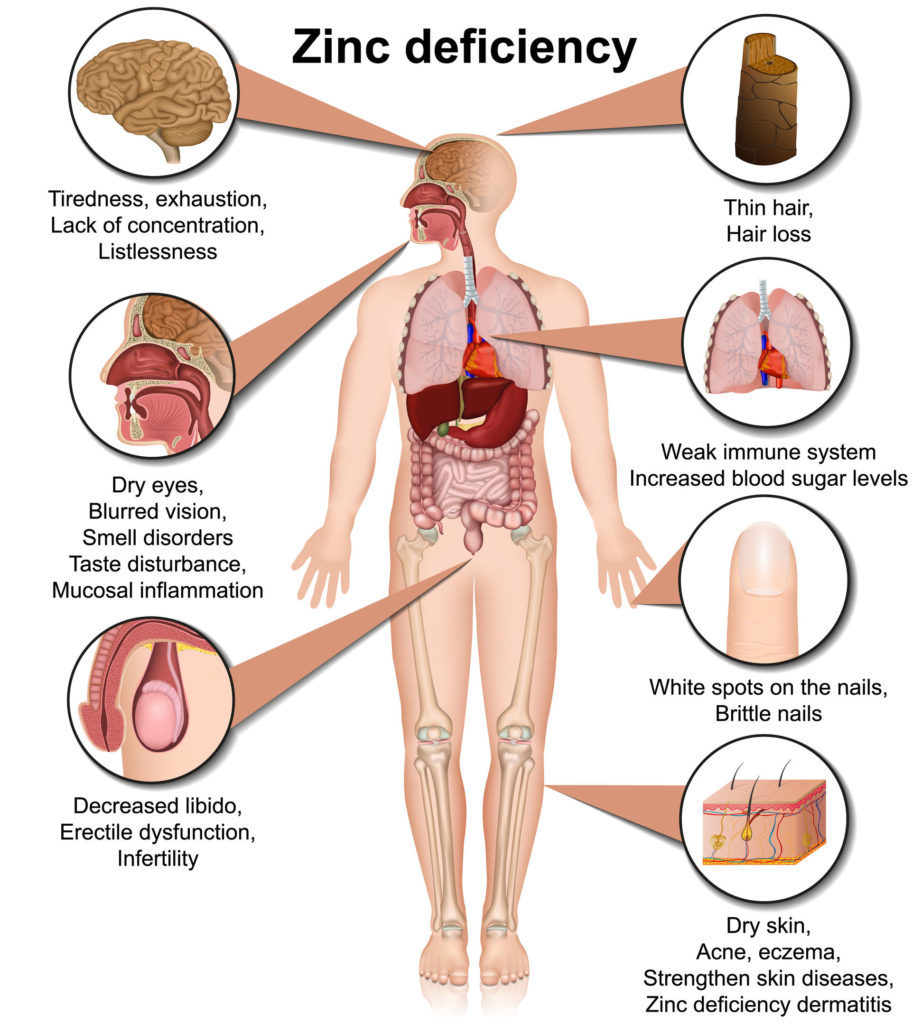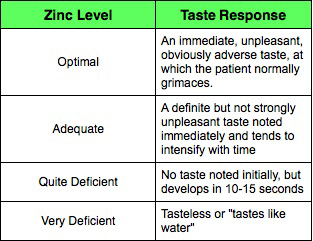
Zinc (Zn) is a micronutrient and essential cofactor/metal in many enzymes to include alkaline phosphatase, carbonic dehydratase, and polymerases and is obligatory for cell division and DNA synthesis (Crook, 2011). Deficiencies in Zn can cause several maladies such as increased risk of infections, infertility, impaired brain development, dermatitis, alopecia, low testosterone, and impaired smell/taste (Crook, 2011; Liu et al., 2017). As such, adequate consumption and monitoring of Zn is paramount, especially in the presence of said conditions. The following will consider the zinc taste test (ZTT) as a means of monitoring Zn status.

Zdilla et al. (2016) indicated that the ZTT found its beginnings in 1984 by two researchers: Bryce-Smith and Simpson where they tested an underweight female with the ZTT. The subject could not detect the taste of a 0.1% zinc sulfate solution when the researchers could. Additionally, when the female was supplemented with Zn, her weight increased and could taste the Zn solution. When the subject was taken off Zn, she lost weight and could not taste/detect the Zn solution (Zdilla et al., 2016). Since 1984, the ZTT has gained momentum despite a lack of supporting evidence (Zdilla et al., 2016). As such, Zdilla et al. (2016) developed an experiment to explore the efficacy of the ZTT in a more empirical manner.

Salivary carbonic anhydrase (CA6) is an enzyme within the mouth that is implicated in gustation (i.e., taste); CA6 is also a Zn-dependant metalloenzyme indicating its relationship to said micronutrient (Zdilla et al., 2016). Zdilla et al., (2016) cited a small double-blind pilot study in which low CA6 among individuals was positively correlated to aberrations in taste bud morphology and taste acuity; when Zn consumption is increased, CA6 levels increased, normal taste bud morphology returned, and gustation improved (Zdilla et al., 2016). However, the researchers noted there is a lack of research in said topic. Therefore, Zdilla et al. (2016) conducted a study to elucidate the relationship between the zinc consumption from food (via zinc-specific food frequency questionnaire, or ZNFFQ) and sulfate taste acuity among a college population of males and females considered to be in good health.

363 participants (77 males and 286 females) volunteered for the study in which a ZNFFQ was collected before the experiment and implementation of the ZTT. Once each participant placed 10 ml of the zinc sulfate solution in their mouths, they were instructed to swoosh the solution for 10 seconds (Zdilla et al., 2016). During such time, each participant was also instructed to indicate if, when, and to what degree, they sensed a specific taste. Scoring was outlined as: 1 = no specific taste or sensation, 2 = no immediate taste noted, but a slight dry/bitter taste after a few seconds, 3 = a definite, but not strongly unpleasant taste, 4 = strong and immediate unpleasant taste (Zdilla et al., 2016).

Results indicated a correlation between adequate Zn consumption and reports of tasting bitterness/dryness of the zinc sulfate test. However, such correlations were present among males and not females (Zdilla et al., 2016). The researchers posited that such was the case because females tend to have 2.2 times more vallate papillae (a component of the tongue that senses taste) than males; vallate papillae contain approximately 50% of the taste buds in the tongue meaning that the higher the level of papillae, the greater gustation will be (Zdilla et al., 2016).
In conclusion, the ZTT has strong correlations, among males, to dietary consumption of Zn. As such, the ZTT might be an appropriate means of indicating adequate dietary zinc, though the researchers were clear that it has not been identified and substantiated as a means of detecting Zn deficiency. Despite such limitations, the ZTT might still be a relevant metric when amalgamating its results against signs and symptoms of zinc deficiency, and dietary intake of Zn.
References
Crook, M. A. (2011). Zinc deficiency. Nutrition, 27(10), 1085-1086.
Liu, Y. L., Zhang, M. N., Tong, G. Y., Sun, S. Y., Zhu, Y. H., Cao, Y., … Li, X. Y. (2017). The effectivness of zinc supplementation in men with isolated hypogonadotropic hypogonadism. Asian Journal of Andrology, 19(3), 280-285.
Zdilla, M. J., Saling, J. R., & Starkley, L. D. (2016). Zinc sulfate taste acuity reflects dietary zinc intake in males. Clinical Nutrition ESPEN, 11, e21-e25.
-Michael McIsaac
